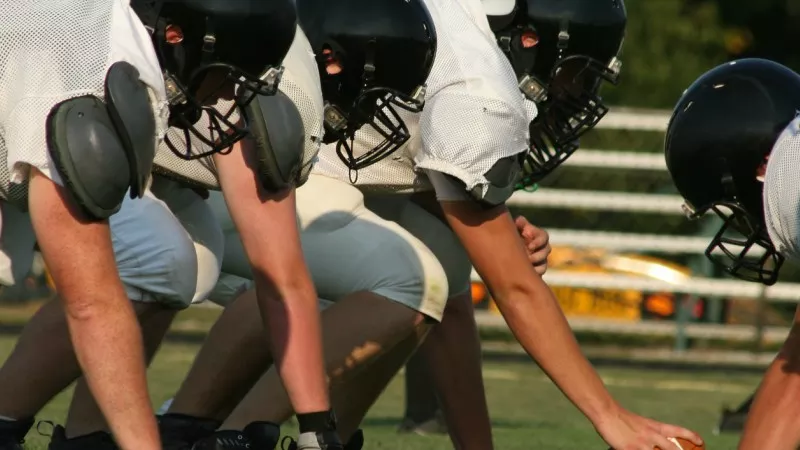"Since we're right in the middle of these changes at this point, everything is a hypothesis," acknowledges Roger Pielke Jr., director of CU Boulder's Sports Governance Center. "But when you look at the evidence that's out there, and at what's being reported regionally, it does seem that concern about the safety risk is one of the prominent factors that's leading to participation rates going down now, whereas they went up for several decades."
We explored some of these issues in the post headlined "The Mysterious and Tragic Death of Ex-CU Star Rashaan Salaam," about the onetime Heisman Trophy winner, who took his own life at Boulder's Eben G. Fine Park last December. Afterward, Salaam's brother reportedly said Rashaan had symptoms associated with Chronic Traumatic Encephalopathy, or CTE, defined as a "progressive degenerative disease of the brain found in people with a history of repetitive brain trauma, including symptomatic concussions."
In the year since the publication of our piece, there have been no reports about testing or results related to Salaam and the malady. But in 2015, Frontline revealed that a staggering 96 percent of former NFL players whose autopsy results were examined in a Department of Veterans Affairs/Boston University study showed signs of CTE — and Salaam played in the league for four years after leaving CU, most notably for the Chicago Bears.
Moreover, numerous players later found to have suffered from the condition committed suicide, including convicted killer Aaron Hernandez, whose autopsy uncovered evidence of advanced CTE even though he was only 27 when he died earlier this year.
Pielke wasn't inspired to take a deeper look into the issue because of his own children, who are more interested in soccer and basketball than football. But over the past several years, his interest in the topic has been piqued by newspaper reports "like the one about Nederland High School having to forfeit games because they couldn't field a team. And I spoke to a coach, I think in Broomfield, who said they couldn't play a JV game against Greeley Central for the same reason. So I thought, it's time to take a look at the big picture."
The results of Pielke's efforts, published by PlayTheGame.org, draw on data from the National Federation of State High School Associations, among other sources, about high school football participation of boys in the fourteen-to-seventeen age range.
The results demonstrated that the number of high school football players peaked during the 2008-2009 year, when 1.14 million teens hit gridirons across the country. But by 2016-2017, that number was down by about 50,000, to 1.09 million — and around 25,000 of that decrease, or around half the total, took place last year.

A graphic from Pielke's analysis shows the steady decline in the number of high school boys playing football over the past few years.
"Junior Seau's suicide really catapulted this issue into the public consciousness," he says in reference to the San Diego Chargers superstar who shot himself in the heart circa May 2012, just two years after retiring from the NFL; post-mortem examination proved that he, too, had developed CTE. "That was tragic, and other cases are, too. But we can easily spin scenarios where this decline slows down and reverses itself or accelerates based on things that happen in the real world."
For instance, he notes, "We're definitely learning more about the science of head injuries, and the technology of helmets can certainly change — and so can the game itself. The data I'm aware of suggests that a large portion of head injuries occur on kickoff returns. Maybe those will disappear — or there might be other new rules. Who knows? A lot of things can change. After all, we used to play football without face masks."
In the meantime, Pielke stresses that "this inflection point provides us with the opportunity to have a discussion about the future of football — and we have choices we can make. Football is part of American culture, so we need to decide what we want football to be in terms of youths and professionals. It's less about what the future brings and more about what we want it to bring."
These issues are relevant to the players for Pomona and Eaglecrest, and all of those who follow in their wake.













